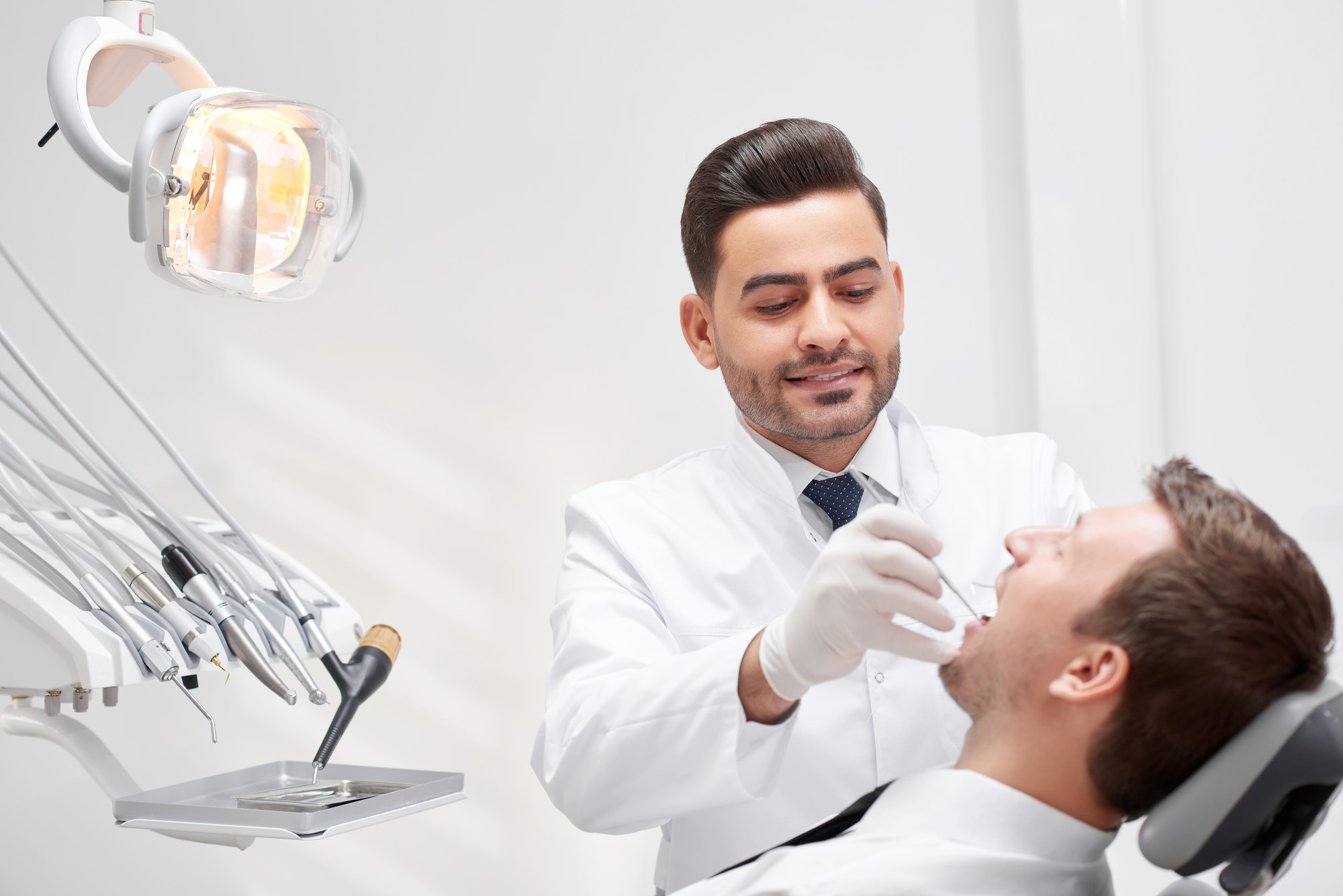
Laminas are thin porcelains that are usually applied on the front teeth. Porcelains, whose physical structures are strengthened, are thus made very thin. Porcelain laminates are procedures that require little or no preparation on the tooth. Due to the good color permeability of porcelain laminates adhered with special adhesives, very excellent results are obtained in terms of aesthetics. In this way, it is included in the commonly used restorative options. Using very sensitive techniques, very thin laminates are in good harmony with the tooth and surrounding tissues.
Laminas are prepared with little intervention on the teeth. In some cases, without the need for any intervention, only the measurement of the tooth is taken and the porcelain is prepared in the dental laboratory. The thickness of the finished lamina tooth is approximately 0.5 to 0.7 mm. Since only the anterior surfaces of the teeth are prepared, it is included in conservative treatments. Due to its light conductivity, the prosthesis gives the same reaction as natural teeth. The time spent is shortened to give an aesthetic form to the mouth of the patients. Since there is no procedure to reduce the tooth here, it is considered quite advantageous.
Porcelain laminates are the most aesthetic solution applied to close the gaps called diastema between the teeth. Porcelain laminas may be preferred if teeth whitening cannot be achieved, especially in people who are not satisfied with the color of their teeth.
Although orthodontic treatment is the best treatment among the treatments, it is not preferred by the patients because it requires a long process. In these cases, porcelain laminates are an alternative treatment to gain an aesthetic appearance in a conservative way. Porcelain lamina can be preferred for teeth with material loss due to fracture and for the correction of the distorted color and structure of old fillings. Wear on the teeth is a case that affects the facial expression of the person. If the vertical dimension of the tooth is shortened, facial collapse occurs. Therefore, the vertical dimension of the tooth is restored by using porcelain lamina. This gives excellent results, especially in the anterior teeth.
Thanks to porcelain laminates, less intervention on the teeth is one of the biggest advantages. With this, the shortening of the working time causes the patients to relax. Apart from this, it is seen as a more conservative treatment for teeth due to minimal intervention. Another advantage is that it is close to natural teeth due to its light transmittance. Therefore, it becomes easier to achieve a natural look.
There are also color options. It provides a perfect fit where the teeth and gums meet. The reflection on the gingival edge, which occurs in porcelain bridges with metal support, does not occur in lamina porcelains. In addition, since there are no separate sessions such as metal rehearsal, polish, zirconium, infrastructure rehearsal, the total treatment time is shorter. Lamina porcelains are rehearsed as polished. Since these are made in porcelain furnaces with a high degree of polish, they are resistant to abrasion. At the same time, it is not affected by substances such as tea, coffee, cigarettes, and it does not form calculus on it.
Porcelain laminates require a very sensitive work from the preparation of the teeth to the measurement stage. After this stage, sensitivity is also at the forefront in laboratory operations. This is because the thickness of the prosthesis is approximately 0.5 mm. In addition, bonding them through bonding, which gives them high strength, is a step that requires precision. It is a costly application compared to other treatment methods. In the case of rare porcelain leaflets separating from the tooth, the laminates are bonded again by means of bonding.
Some preparations must be made before treatment. The most appropriate smile design is made for the patients. First of all, the gums must be healthy. Since the aesthetic expectation is high in the procedure to be performed, treatments such as tartar cleaning and curettage should be applied first. In addition, if there is deformity in the gingiva, it must be corrected. In the beginning, oral impressions are necessary to preserve the initial state of the teeth and to make the necessary preliminary studies. If the tooth is behind the normal, there is no need for abrasion if necessary. When necessary, local anesthesia is applied and the teeth are anesthetized and a very thin layer is removed only on the front surfaces of the teeth and a step is created. Then the actual measurement is taken to prepare the porcelain laminates. These procedures are procedures to be performed in the patient’s mouth. It is completed in a shorter time compared to other treatments.
Laboratory procedures: After the procedures, a sensitive work must be done in the laboratory. Laminas are prepared from porcelain strengthened by Cad-Cam or classical methods. Lamina porcelains (Emax Veneer) are made ready within 5-6 days. This may vary depending on the construction technique and the difficulty level of the event. Then teeth are rehearsed in the mouth. The patient’s opinion is taken at the rehearsal to compare the aesthetic appearance of the patient’s mouth and whether it meets the expectations. If there are places that need to be corrected, they are sent back to the dental technician. The final stage is the bonding of porcelain laminates. At this stage, a delicate work is required. Porcelain leaflets are carefully adhered to the tooth by bonding.
Proper bonding and use of porcelain in porcelain laminates, and that they are done by specialist doctors are extremely important in terms of their lifetime. After that, thanks to a good oral care that patients should apply, it can serve people for many years as it was on the first day.
In such cases where porcelain laminates cannot be applied, aesthetic full porcelain crowns may be preferred.
Their care is not different from natural teeth. It can be used for years thanks to good oral care practices of the patients. Everyone needs a beautiful smile. For a beautiful smile, they are aesthetic and long-lasting restorations that are applied to the tooth tissue without much operation.
After the laminate porcelains are bonded to the teeth, a structure that naturally fuses with your teeth will be formed. However, in order not to damage the lamine, habits such as chewing hard things, grinding teeth, biting nails, and biting pencils should be abandoned.
You can have our expert team call you by filling out the form below.
Our team will inform you about our services and appointment times.





Since 2011, our clinic has been serving its patients from abroad and has announced its quality and name both in Europe and England. As a result of our positive and warm approach to our patients, our foreign patient portfolio is increasing day by day in our clinic, which works with the reference system.